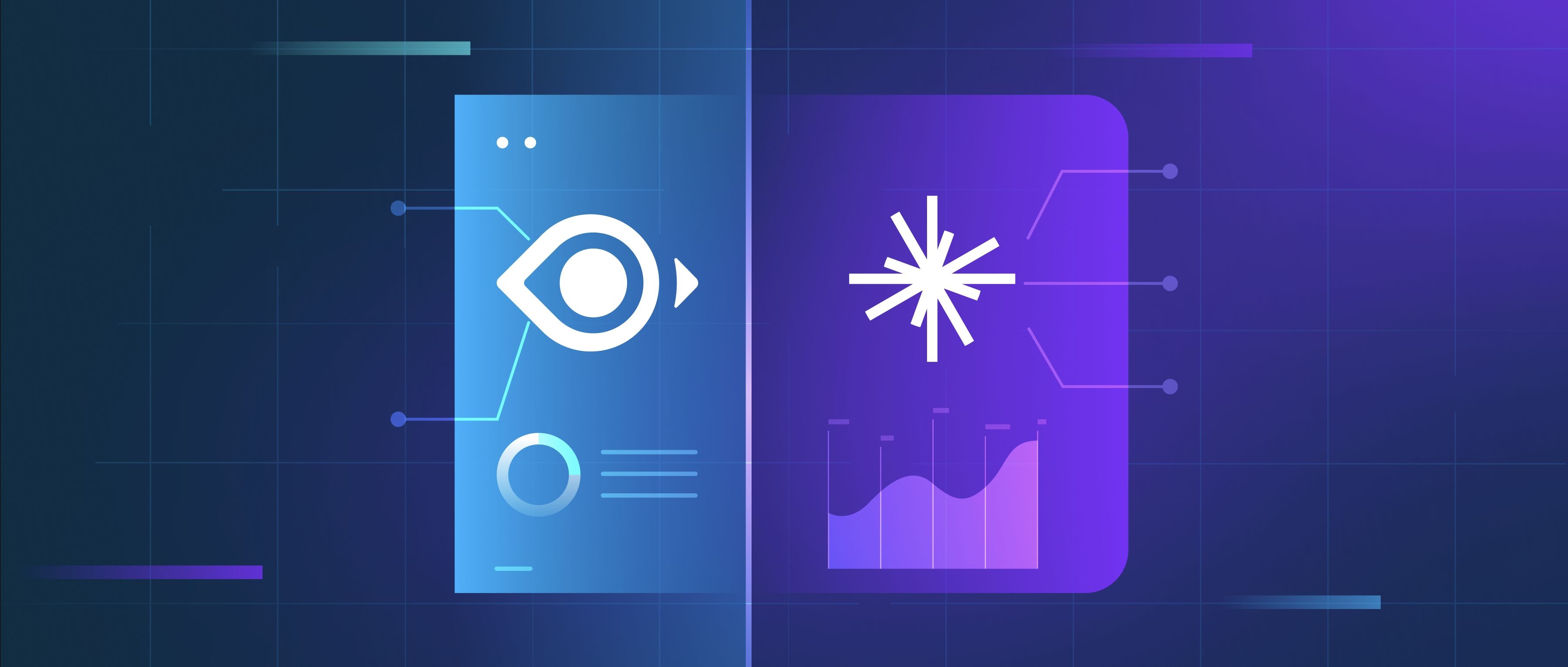A graph database and a relational database serve different purposes when it comes to data storage and management. A relational database organizes data into tables, which consist of rows and columns. Each table has a predefined schema, and relationships between tables are established using foreign keys. On the other hand, a graph database uses nodes, edges, and properties to represent and store data. Nodes represent entities (like people or products), edges represent the relationships between those entities, and properties provide additional information about them. This structure allows graph databases to efficiently navigate complex relationships, making them particularly suitable for applications that involve interconnected data, such as social networks or recommendation systems.
Another key difference lies in how these databases handle relationships. In relational databases, relationships are often managed through joins, which can become cumbersome, especially with multiple tables. For example, if you want to retrieve data about a user and their friends, you would need to join several tables, which can lead to performance issues with larger datasets. In contrast, graph databases are designed to handle relationships natively. They can traverse connections directly, allowing for quick queries that can identify relationships without complex joins. For instance, finding a user's friends and their friends' interests can be done much more efficiently in a graph database than in a relational database.
Lastly, the use cases for these two types of databases often differ. Relational databases are excellent for structured data and when consistency and integrity are paramount, such as in banking applications. Graph databases excel in scenarios where relationships are a core aspect of the data, such as fraud detection, supply chain management, or content recommendation systems. Choosing between the two often boils down to understanding the specific data needs of your application and how relationships among that data will be utilized.
